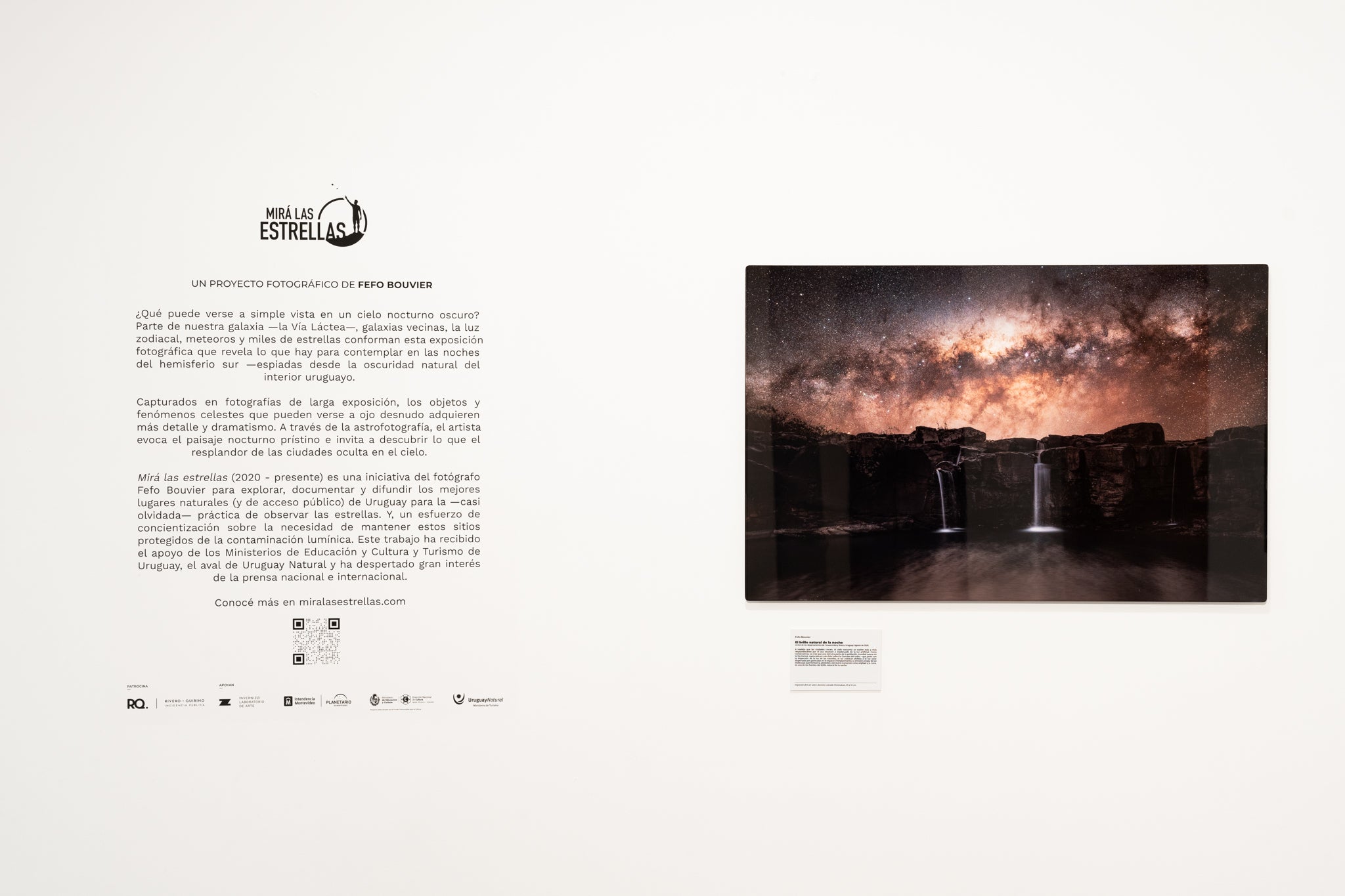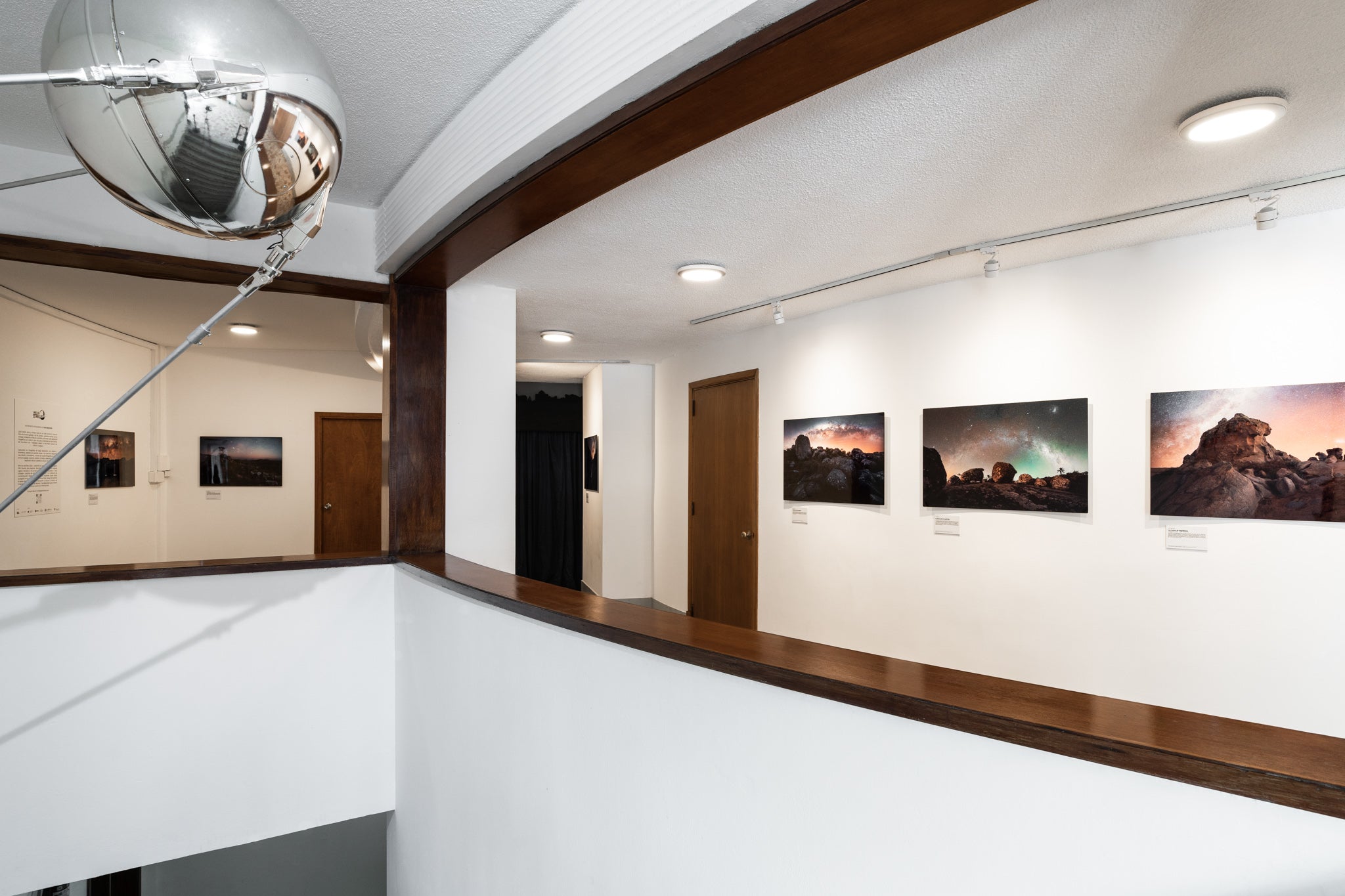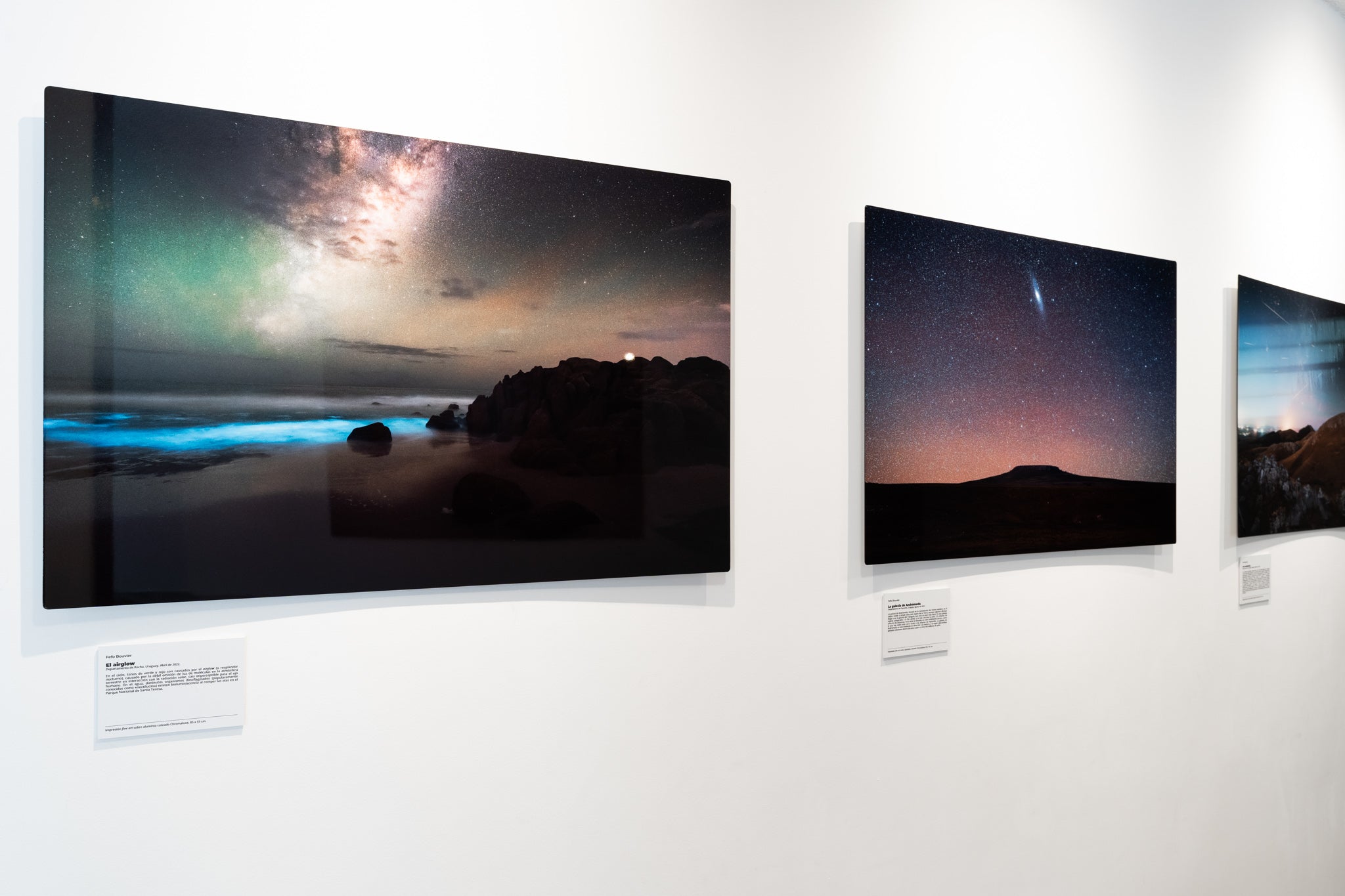Look at the stars is an initiative of photographer Fefo Bouvier to explore, document and disseminate the best natural (and publicly accessible) places in Uruguay for the—almost forgotten—practice of stargazing. And, an effort to raise awareness about the need to keep these sites free of light pollution. This work has received the support of the Ministries of Education and Culture and Tourism of Uruguay, the endorsement of Uruguay Natural brand and has aroused great interest from the national and international press.
Look at the Stars
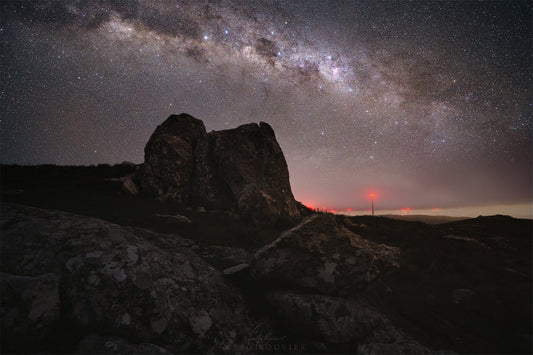
Cerro Catedral
At 513 m above sea level, Cerro Catedral is the highest point in Uruguay. Despite being in a remote part of the Maldonado hills, it is easily reached by car....
Cerro Catedral
At 513 m above sea level, Cerro Catedral is the highest point in Uruguay. Despite being in a remote part of the Maldonado hills, it is easily reached by car....
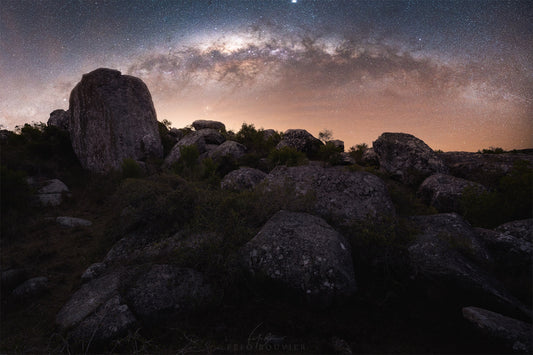
Sierras de Mahoma
Sierras de Mahoma, en San José, es un extenso mar de piedra —con picos de hasta 180 m s. n. m.— de alto valor paisajístico y astronómico.
Sierras de Mahoma
Sierras de Mahoma, en San José, es un extenso mar de piedra —con picos de hasta 180 m s. n. m.— de alto valor paisajístico y astronómico.
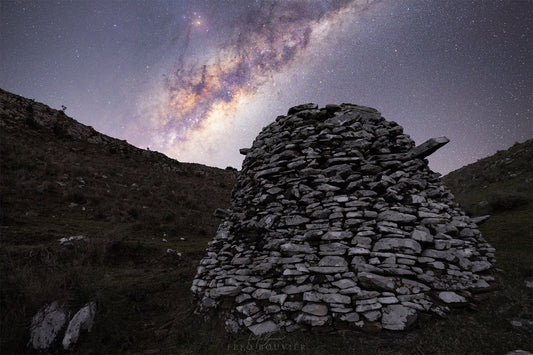
Valle del Hilo de la Vida
En las Sierras de Minas, cincuenta montículos de piedra (o apachetas) indígenas custodian uno de los mejores cielos de Uruguay.
Valle del Hilo de la Vida
En las Sierras de Minas, cincuenta montículos de piedra (o apachetas) indígenas custodian uno de los mejores cielos de Uruguay.
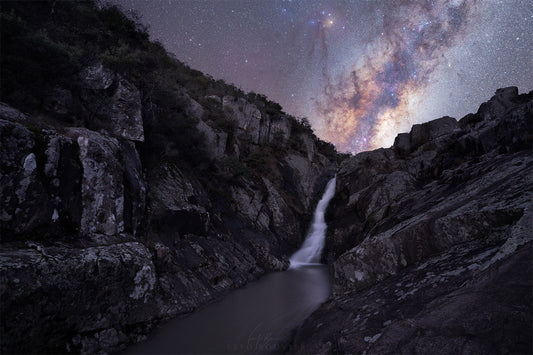
Parque Salto del Penitente
Muchos lo visitan durante el día para hacer trekking y senderismo, pero el Parque Salto del Penitente, en Lavalleja, esconde uno de los cielos nocturnos más impactantes de Uruguay.
Parque Salto del Penitente
Muchos lo visitan durante el día para hacer trekking y senderismo, pero el Parque Salto del Penitente, en Lavalleja, esconde uno de los cielos nocturnos más impactantes de Uruguay.
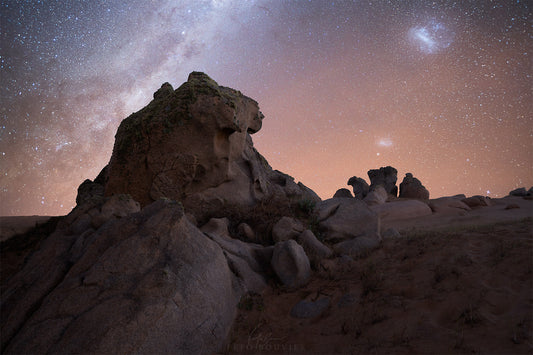
Cerro de la Buena Vista
Barra de Valizas —y sus inmensas dunas— es uno de los lugares más atractivos de Uruguay para ver las estrellas. ¡Y también las noctilucas!
Cerro de la Buena Vista
Barra de Valizas —y sus inmensas dunas— es uno de los lugares más atractivos de Uruguay para ver las estrellas. ¡Y también las noctilucas!
El proyecto
El origen
El interés por experimentar un cielo nocturno intacto está aumentando en todo el mundo porque la mayoría de nosotros hemos perdido la noche natural a causa de la contaminación lumínica de las ciudades. A su vez, la popularización de la astrofotografía, resultado del desarrollo de mejores sensores en las cámaras fotográficas, ha creado una nueva ola de interés en la astronomía. Este proyecto nace como respuesta a esta realidad, una búsqueda para tender un puente entre la fotografía, la astronomía y la cultura.
Goals
- to explore, document and disseminate the best landscapes for stargazing in Uruguay
- to show another side of the Uruguayan natural landscape through astrophotography
- to generate first-hand information for those planning astronomical observations or photographic outings
- to raise awareness of the impact of light pollution on ecosystems and the need to keep these sites protected
- to raise awareness of the benefits of stargazing and encourage people to observe the sky more often
About the chosen sites
The criteria for categorising these sites as the "best" landscapes for stargazing are:
- they are rated ≤ 4 on the Bortle dark sky scale, a scale that measures the quality of the night sky according to the amount of light pollution present,
- the predominance of natural scenery,
- the ease of access to the site and
- the safety of spending the night there.
In particular, sites that deserve attention for their natural, cultural, archaeological or heritage value are valued and prioritised.
Why look at the stars
In the not too distant past, looking up to gaze at the night sky was an everyday occurrence. For navigators, astronomers and farmers, it was indispensable. Today, the need to observe the sky has been replaced by technology and light pollution in cities makes it increasingly difficult to see the stars. As a result, much of the population has no sense of the universe on a large scale and maintains a state of ignorance about the space around them.
Wars are fought over borders that have been created in the name of politics, religion, race or belief. But the view from space reveals the true nature of our cosmic home—a planet without labels or dividing lines. Although few will experience that view first-hand, the same is true in reverse; the night sky above us—a view that is accessible to everyone on the planet—has no visible boundaries either.
The sky, eternally peaceful, can be seen from all nations. The galactic centre can be seen by someone in Uruguay and hours later by someone in China. This attests to the truly unified nature of the Earth as one planet rather than a tangle of human-designated territories.
According to a study by the American Psychological Association, looking at the night sky induces a feeling of humility and provokes awe. This research explains that humility serves a vital social function, because it de-emphasises the individual self, and can encourage people to relinquish self-interest in order to improve the well-being of others and the world in general.
Look at the stars in the media
- 14/11/22 “Mirá las Estrellas” en el Planetario de Montevideo, El Espectador.
- 03/11/22 Vía Láctea y galaxias: la muestra del astrofotógrafo uruguayo distinguido por la NASA, Montevideo Portal.
- 16/10/22 Un recorrido por los paisajes nocturnos del cielo uruguayo, El País.
- 12/10/22 Entrevista televisiva en Mirá Montevideo, TV Ciudad.
- 05/10/22 Mirá las estrellas: una muestra de astrofotografía para redescubrir el cielo uruguayo, Telemundo.
- 04/08/22 Mirá las estrellas: proyecto de fotografía y astronomía uruguayo, Teledoce.
- 29/01/21 The night sky: Best places to stargaze in Uruguay, Guru’Guay.
- 17/12/20 Guía de destinos y paseos para conocer en Uruguay, Revista Galería.
- 09/09/20 Un astrónomo —aficionado— que colabora con la NASA propone los mejores lugares de Uruguay para ver las estrellas, Clarín.
- 11/08/20 entrevista en La Mañana en Casa, Canal 10.
- 05/08/20 entrevista en Desayunos Informales, Teledoce.
- 05/08/20 entrevista en El Tungue Lé, Radio Uruguay.
- 04/08/20 El paso del cometa NEOWISE en Uruguay, captado por el lente de Fefo Bouvier, Montevideo Portal.
- 27/07/20 ¿Cuáles son los mejores lugares en Uruguay para ver las estrellas?, El País.
- 24/07/20 Artista uruguayo colaborador de la nasa impulsa proyecto astrofotográfico, Montevideo Portal.
- 23/05/20 Los mejores cielos de Uruguay, según dos fotógrafos fans de la astronomía, La Nación.
How to support
Would you like to support the exploration of the night sky in Uruguay? Support Look at the stars by becoming a supporter of the project with a one-off or recurring donation. Your contribution fuels our movement and allows us to carry out more expeditions.
Related projects in Uruguay
- «El cielo interactivo: proyecto de popularización científica», Portal Uruguayo de Astronomía
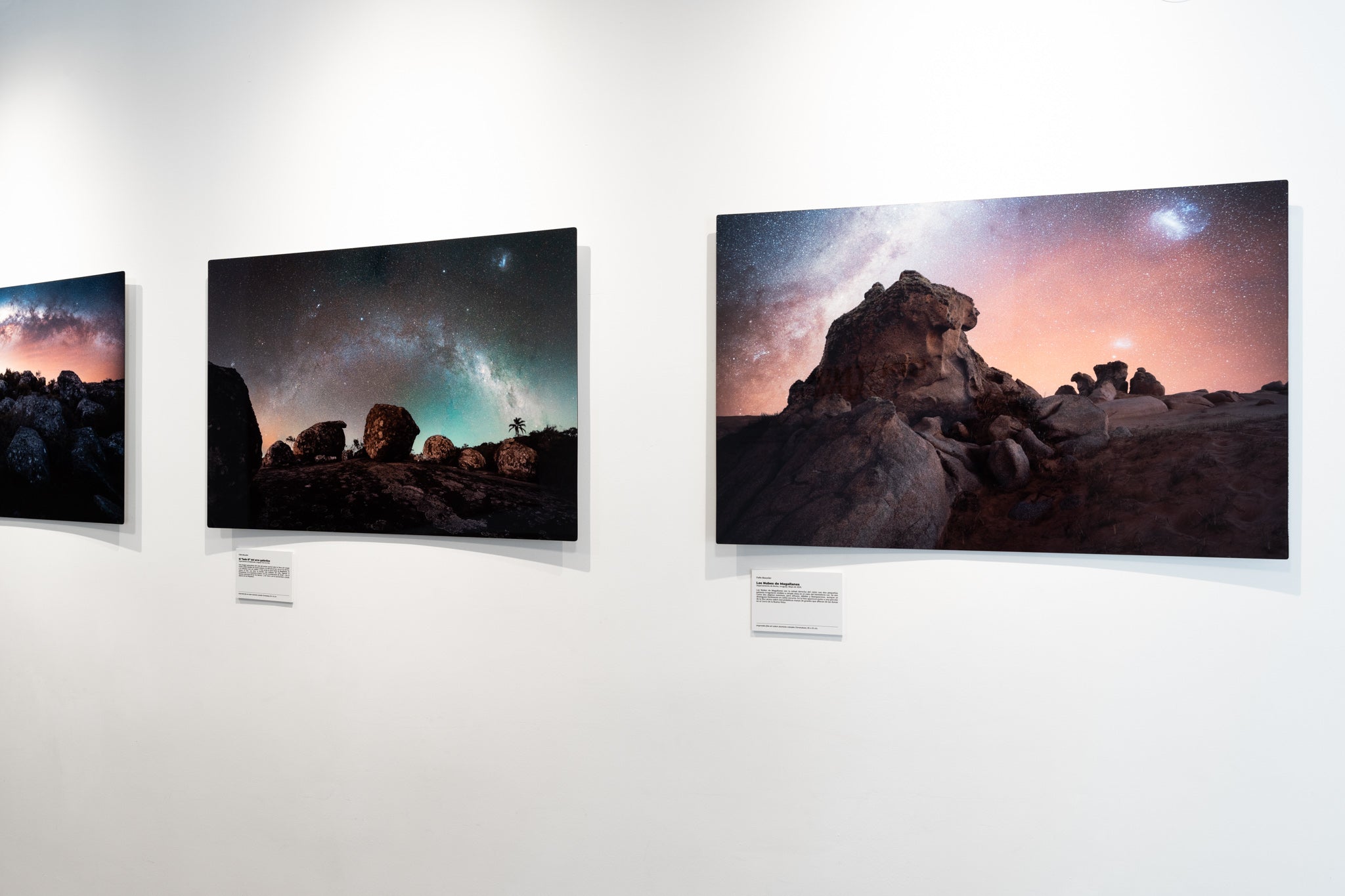
Look at the stars exhibition
A photographic project by Fefo Bouvier
What can be seen with the naked eye in a dark night sky? Part of our own galaxy—the Milky Way—, neighbouring galaxies, zodiacal light, meteors and thousands of stars make up this photographic exhibition that reveals what there is to be seen in the southern hemisphere nights— as spied from the natural darkness of the Uruguayan interior.
Captured in long exposure photographs, celestial objects and phenomena that can be seen with the naked eye acquire more detail and drama. Through astrophotography, the artist evokes the pristine nocturnal landscape and invites us to discover what the glow of cities hides in the sky.
Collapsible content
Production and curatorial team
Photographs: Fefo Bouvier
Printing and production: Darío Invernizzi (Invernizzi Laboratorio de Arte)
Mounting: Alexis Magnone (Magnone Exhibition Mounting)
Curatorship: Tali Kimelman
Review of astronomical data in texts: Dra Andrea Sosa (CURE – UdelaR)
The exhibit in the media
27/01/22 Fotógrafo Fefo Bouvier expondrá Mirá las estrellas en el Centro Cultural Bastión del Carmen, La Diaria Colonia.
14/11/22 “Mirá las Estrellas” en el Planetario de Montevideo, El Espectador.
03/11/22 Vía Láctea y galaxias: la muestra del astrofotógrafo uruguayo distinguido por la NASA, Montevideo Portal.
16/10/22 Un recorrido por los paisajes nocturnos del cielo uruguayo, El País.
12/10/22 Entrevista televisiva en Mirá Montevideo, TV Ciudad.
05/10/22 «Mirá las estrellas»: una muestra de astrofotografía para redescubrir el cielo uruguayo, Telemundo.
Past exhibitions
-
Planetario de Montevideo
Montevideo, Uruguay
Oct 7 to Dec 12, 2022
-
Centro Cultural Bastión del Carmen
Colonia del Sacramento, Uruguay
Feb 2 to 26, 2023
-
Espacio Bianki
Colonia del Sacramento, Uruguay
Nov 16 to Dec 17, 2023
